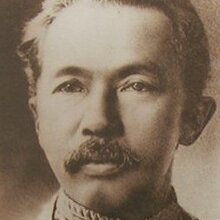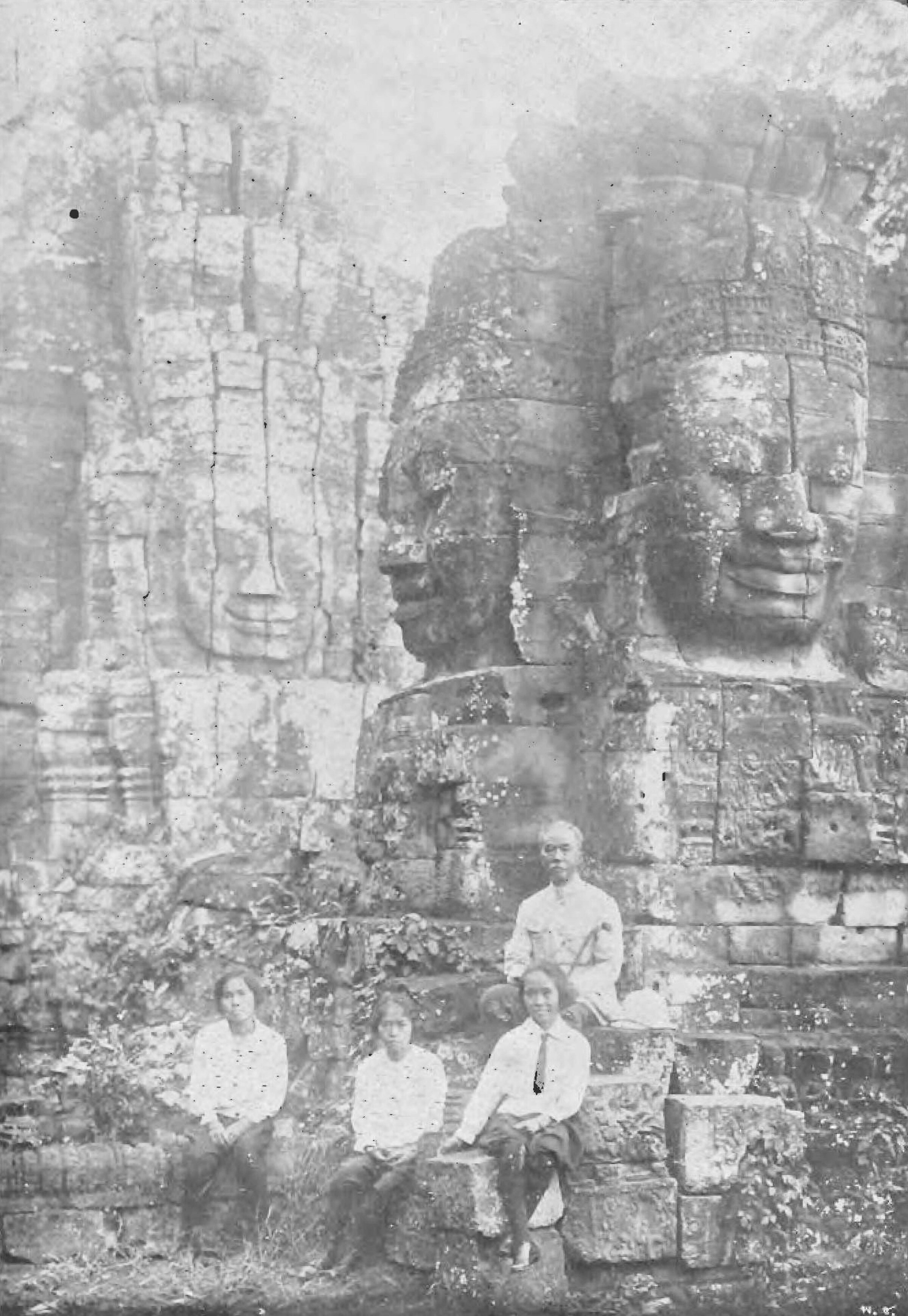Rajanubhab Damrong

Prince Tisavarakumarn, the Prince Damrong Rajanubhab (สมเด็จพระเจ้าบรมวงศ์เธอ พระองค์เจ้าดิศวรกุมาร กรมพระยาดำรงราชานุภาพ) (21 June 1862, Bangkok, Kingdom of Siam – 1 Dec. 1943, Penang, Malaya?), known as Prince Damrong, a reformer, founder of the modern Thai educational system and provincial administration, and a self-taught historian who has been called ‘the father of Siamese history.’
A son of King Mongkut (Rama IV) with Consort Chum (เจ้าจอมมารดาชุ่ม, Chao Chom Manda Chum), a younger brother of King Chulalongkorn (Rama V), Prince Damrong served as Minister of the North, Minister of Interior, Chief of the Supreme State Councul, and was the first president of the Royal Institute of Thailand. His interest in history gave birth to the “Damrong school” which, according to Thai historian Nithi Aeusrivongse, combined “the legacy of the royal chronicle with history as written in the West during the nineteenth century, creating a royal/national history to serve the modern Thai state under the absolute monarchy.”
Since his early education by Francis George Patterson, a special English instructor hired by Rama V to tutor some
of the princes, Prince Damrong developed an interest in the world outside Thailand, touring European and Russian courts, and India.He also spent two lenten periods studying in the Buddhist Order as a novice and as a bhikkhu. To his military education as a cadet in the Military Pages Corps, he added an interest in public health, “directing the construction of Siriraj Hospital during 1887 – 88 and assisting in the subsequent opening of the first medical school in the kingdom”, according to Kennon Breazeale (“A transition in historical writing: The Works of Prince Damrong Rachanup”, Journal of Siam Studies (JSS), 059 – 2, 1971,p 27).
As Minister of Interior, Prince Damrong supervised the first archaeological surveys in Siamese provinces. In the southern part of the Kingdom (not including Cambodian Angkor and Battambang provinces, annexed until 1907), he supported the prospections led by Etienne Lunet de Lajonquiere, who visited Nakhon Pathom several times from 1904 to 1908, at a time the latter was completing his Inventory of Cambodian monuments.
Prince Damrong worked closely with George Cœdès in sorting out the inscriptions and historical sequencing of ancient Thailand. The Khmerologist had been assigned by EFEO Director Claude-Eugène Maitre to the Bangkok Royal Library in 1918, so he could further his comparative studies in the Dvāravatī civilization, and in the Srivijaya kingdoms of Sumatra. Coedès returned to Hanoi in 1929, when he became director of the EFEO school. After retiring as Minister of the Interior in 1915, Damrong was appointed Chairman of the Wachirayan National Library by King Vajiravudh (Rama VI, r. 1910 – 1925), and took on the responsibilities of Director of the Royal Academy and the National Museum.
In the framework of his own research on the history of Siam (Thailand) and Southeast Asia, Prince Damrong studied Khmer history and visited Angkor (in 1924) and Preah Vihear (in 1930) both times along with his daughters. He wrote a brief history of Angkor, Nirat Nakhon Wat (Journey to Angkor Wat, first published in 1925).
After the 1932 coup in Bangkok, Prince Damrong, in favor of the absolute monarchy, fled to Penang, Malaysia. Some sources claimed he died there in 1943, while his great grandson, Pannada Diskul (b. 26 Aug. 1956), asserted that he passed away in the same building he had been arrested in 1932, the Varadis (pron. Waradit) Palace, a quaint Chinese-style townhouse away from Lan Luang Road in old Bangkok, In 1962, Prince Damrong Rachanupab was awarded the UNESCO award of the World’s Outstanding Personality, the first for a Thai.
Restored in 1996 — on the 53rd anniversary of Prince Damrong’s death — and converted into the Prince Damrong Rachanupab Museum and Library, Varadis Palace holds a collection of 7,000 books in Thai and English.

- A symposium and an exhibition of 26 photographs on the Interconnected Works of Prince Damrong and George Coedès were held at EFEO Paris in April-June 2024.
